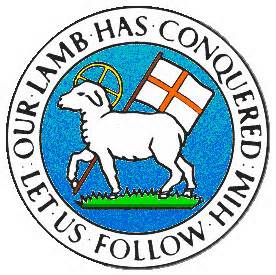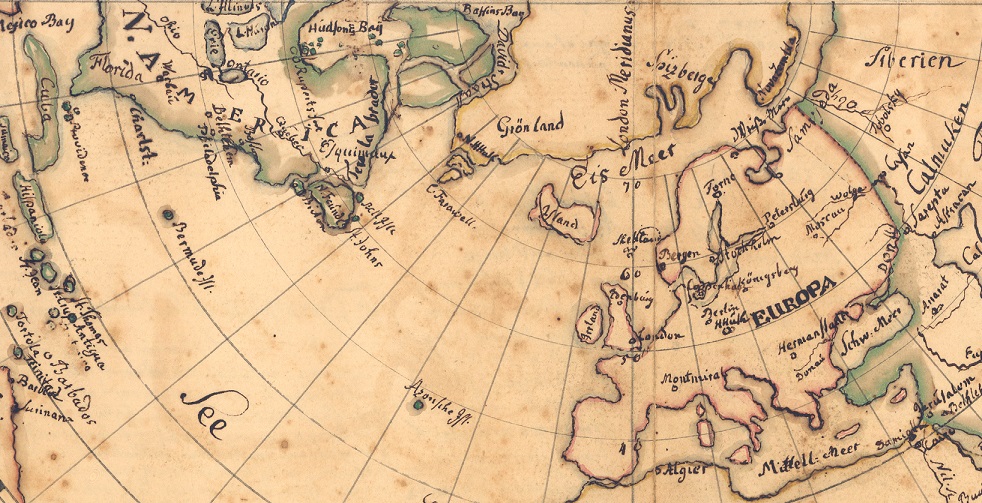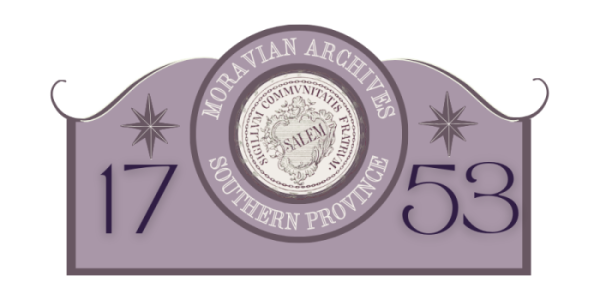The Moravian Church, Then and Now

The Moravian Church is a Protestant denomination founded in 1457 as the Unitas Fratrum, the Unity of the Brethren, first led by followers of dissident Czech priest Jan Hus. Dispersed by the Thirty Years’ War, the Church was renewed in 1722 at Herrnhut, in Saxony, under the leadership of Count Nicholas Ludwig von Zinzendorf, whose own Lutheran family had been exiled from Wachovia, near the Danube in modern Austria.

In 1727 the community gathered at Herrnhut experienced both a crisis in getting along – resolved by the creation of a “Brotherly Agreement” in May of that year – and an outpouring of the Holy Spirit on August 13 that gave their assembly a renewed sense of blessing and purpose. Soon Moravians were sending missionaries worldwide, and in America their activity centered in Bethlehem, Pennsylvania. In 1752, Bishop August Spangenberg led a group from Bethlehem to survey land for purchase by Zinzendorf for a Moravian home in North Carolina, a new “Wachovia” based in Salem. That property became the base for the Southern Province of the Church today.
Readings and Sources on the Ancient Unity
- Unity Statutes of 1464 (oldest surviving statement of faith in the Ancient Unity)
- Confession of 1535 (an early testament to the theology of the ancient church>
- The Bohemian Confession, 1575 (a political attempt to find a common confession for Catholic, Unity, and Ultraquist church members to aid the end of an age of religious wars)
- Ratio Disciplinae (Account of the Ecclesiastical Discipline and Order in the Unity of the Bohemian Brethren) (the church constitution of the Unitas Fratrum) (1616)
- Unum Necessarium (The One Necessary Thing, a tract by John Amos Comenius, a Moravian education pioneer) (1670)
- John Hus — Martyr for the Faith: A Life to Remember through Six Hundred Years, an Archives publication by C. Daniel Crews (2014)
- Faith, Love, Hope: A History of the Unitas Fratrum, an Archives publication by C. Daniel Crews (2008)
Readings on the Renewed Unitas Fratrum, or the modern Moravian Church
- The Memorial Days of the Renewed Church of the Brethren (including on page 111 the “Brotherly Agreement” of 1727) (1895)
- Zinzendorf’s “I Believe” credo (1738)
- Instructions for the Members of the Unitas Fratrum Who Minister Among the Heathen (an early guide to sharing faith to the unchurched) (London, 1784)
- Augustus Schultze, The Essentials of the Christian Faith (If the Moravian motto is “In essentials unity, in nonessentials liberty, in all things love” – what, then, are the essentials?) (1902/1908)
- Bishop Clarence Shawe, The Spirit of the Moravian Church (prepared for the 500th anniversary of the church in 1957)
- Unitas Fratrum: The Worldwide Moravian Church website
- The Moravian Church in North America website
